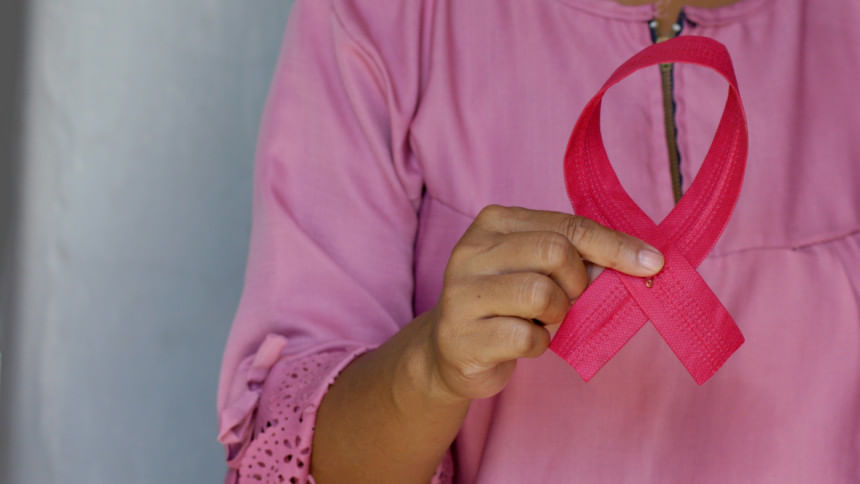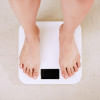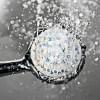Detect breast cancer early: Know these warning signs today

Breast cancer is curable, provided it is detected in stages I, II and III. Measures like self-examination, having annual mammograms after the age of 40, and maintaining a healthy diet and weight can all help in the prevention and early detection of breast cancer.
What are the warning signs of breast cancer?
Some tell-tale signs that your breasts urgently need to be checked for the dreaded C-word are an inverted nipple that does not stick out, nipples that ooze discharge or are crusty, redness, swelling or rash on breasts, and/or dimpled or puckered skin (much like an orange peel).
How can I check for breast anomalies at home?
Women are advised to check for breast anomalies at home through a breast self-examination. The process is fairly simple and does not take more than a few minutes.
How can I do a breast self-examination?
Stand in front of the mirror with your upper body exposed. Look for dimpling, swelling, redness, or even a change in the appearance of breast skin. Feel around each breast or side of the chest in a circular motion for lumps. Go all the way up to the collarbone and under each armpit and lymph nodes. Use a mix of light and firm pressure, but do not press hard enough for it to hurt. Pay attention to the nipple — a healthy nipple will point outward with no discharge (unless breastfeeding). Lightly squeeze each nipple to check for unusual discharge or crustiness.
Repeat the process in several positions, such as while having hands on the hips, with arms held overhead, and then again, with a hand on the forehead when lying on your back. Anything that looks unusual should be monitored or taken to your physician for further medical examination.
What are the 7 Ps of breast self-examination?
The 7 Ps of breast self-examination stand for position, perimeter, palpation, pressure, pattern, practice, and planning.
Position: The exam should be done standing up with arms by your side, hands on your hips and then raised, when standing up, and lying on your back with one arm on your forehead, when lying down.
Perimeter: The exam should cover the full breast area from the collar bone to the armpits and nearby lymph nodes.
Palpation: This involves the use of the pads of three middle fingers to feel for breast changes.
Pressure: Light to firm, the pressure should be intentional but not painful.
Pattern: Patterns such as a systematic circular or linear one make sure the entire breast is covered in the self-exam.
Practice: This means performing the exam regularly to familiarise yourself with your breasts so that you are better able to tell if and when changes occur.
Planning: This involves planning for practical steps you can take if you find something suspicious.
How often should I repeat breast self-examination?
The breast self-examination needs to be repeated regularly, once every month, and ideally around the same stage of the menstrual cycle every month. Experts believe that the best time for breast self-examination is right after periods are over. For menopausal women with irregular periods, it is advisable to try to complete their exam at least once a month, regardless of their menstrual cycle.

 For all latest news, follow The Daily Star's Google News channel.
For all latest news, follow The Daily Star's Google News channel. 








Comments